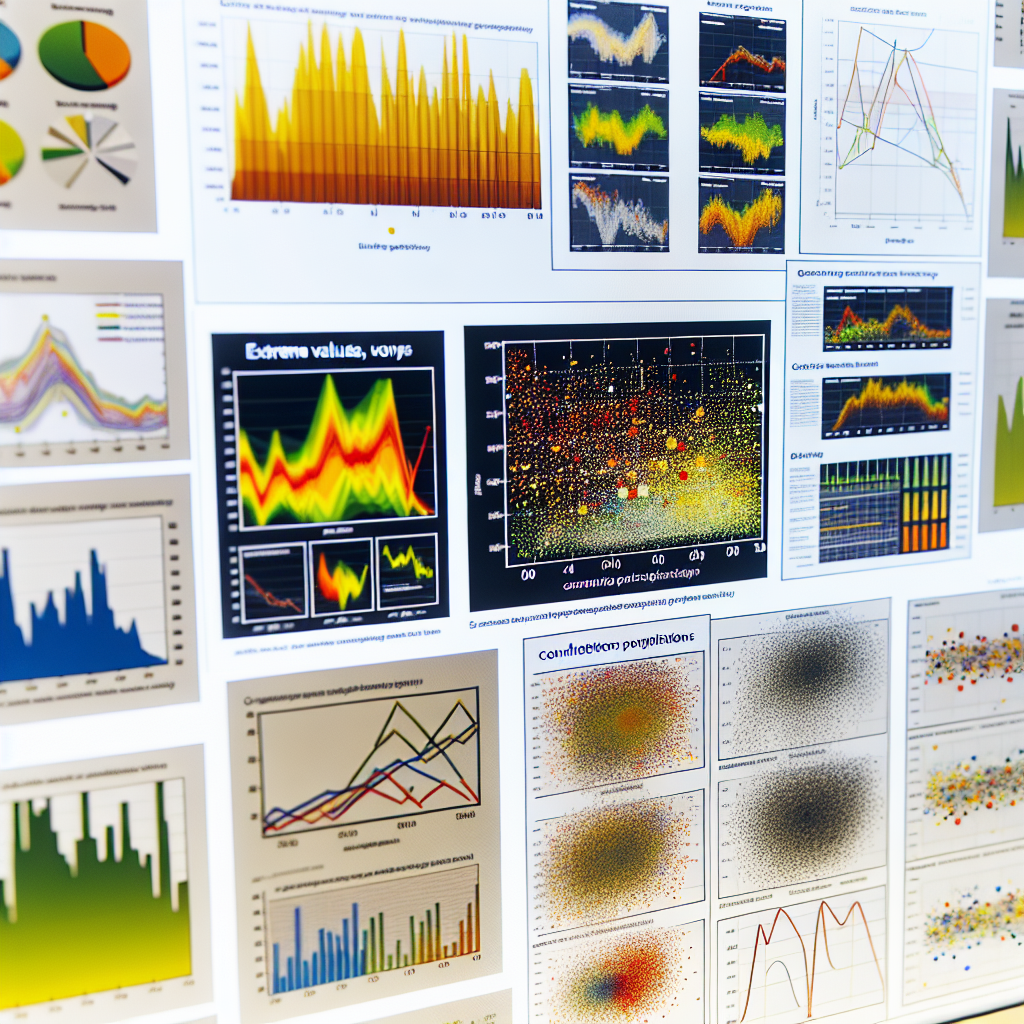Essential Exploratory Data Analysis Techniques in 2025: Unlocking Data Patterns with AI
In the fast-evolving world of data science, Exploratory Data Analysis (EDA) has become more critical than ever. As data-driven insights shape decisions, mastering EDA empowers AI and data enthusiasts to uncover patterns and visualize meaningful trends effectively. The growing volume and complexity of data pose a challenge; thus, performing robust EDA is vital to navigate this landscape. In this article, we will explore advanced EDA techniques for 2025, encompassing tools, frameworks, and trends that are shaping the future of this domain. From leveraging AI to visualize data patterns, to emerging frameworks that streamline the process, you’ll gain comprehensive knowledge to enhance your data analysis skills.
The Importance of EDA
EDA is a critical phase in data preprocessing where analysts investigate datasets to discover patterns, anomalies, and initial insights. This step is crucial for understanding the dataset’s underlying structure before formal modeling. The significance of EDA extends beyond mere visualization; it involves using statistical techniques to summarize the main characteristics, often with visual methods. Notably, this process helps in identifying outliers, missing values, and assumptions for statistical models, establishing a baseline for further data analysis.
Advanced EDA Techniques
In 2025, EDA is not just about traditional methods but also incorporates advanced AI-driven techniques. Machine learning algorithms, like clustering and association rule learning, enhance EDA by revealing hidden patterns in the data. Techniques such as Principal Component Analysis (PCA) are increasingly utilized for dimensionality reduction, facilitating the visualization of complex datasets in two or three dimensions.
Interactive data visualization tools, powered by AI, like Tableau and Power BI, offer dynamic exploration of data, allowing users to manipulate parameters and visualize outcomes in real-time. These tools are essential for making EDA more accessible and intuitive, even for those newly venturing into data science.
Emerging Tools and Frameworks
The data science landscape is continuously evolving with tools that enhance EDA efficiency. Libraries like Pandas, Matplotlib, and Seaborn remain at the core of data analysis in Python due to their versatility in handling and visualizing data. However, novel frameworks are making waves, such as Plotly, which offers interactive charting libraries that seamlessly integrate with Python and R.
Moreover, cloud-based solutions like Google Data Studio and AWS QuickSight are now prominent, offering scalable solutions for EDA. These platforms provide an advantage in handling vast datasets typical of big data environments, ensuring that exploratory analysis is swift and scalable. Learn more about these tools.
Real-World Applications
EDA’s real-world impact is evident in sectors like finance, healthcare, and e-commerce. Financial analysts utilize EDA to assess market trends, predict stock movements, and devise investment strategies. In healthcare, EDA assists in interpreting clinical data, leading to improved patient outcomes by identifying treatment patterns and potential risks.
The e-commerce industry leverages EDA to enhance customer experience by analyzing user data, optimizing product placements, and personalizing marketing strategies. These examples underscore EDA’s versatile role in deriving actionable insights across diverse industries.
FAQ
What is Exploratory Data Analysis?
Exploratory Data Analysis is a process of analyzing datasets to summarize their main characteristics, often using visual methods. It helps in understanding data quickly and planning further analysis.
Why is EDA critical before modeling?
EDA is crucial as it helps uncover patterns, detect anomalies, and check assumptions that are necessary for building accurate predictive models.
Which tools are best for EDA?
Some of the best tools for EDA include Python libraries like Pandas and Matplotlib, as well as interactive platforms like Tableau and Power BI.
Can EDA be automated?
Yes, EDA can be automated to some extent using AI-powered tools that can suggest patterns and anomalies, though expert evaluation is often required for deeper insights.
Conclusion
Exploratory Data Analysis is an indispensable part of the data science workflow, facilitating the uncovering of meaningful insights from raw data. As we advance into 2025, integrating AI technologies with traditional EDA techniques opens new frontiers for efficient data analysis. Explore more insights in data science here. Understanding these advancements offers professionals and learners an edge in the data-driven economy. Looking ahead, embracing continual learning and adaptation will be key to succeeding in the rapidly evolving landscape of AI and data analysis.
Don’t miss out on leveraging cutting-edge EDA techniques—stay updated and subscribe to our newsletter for the latest data science trends and tutorials!



